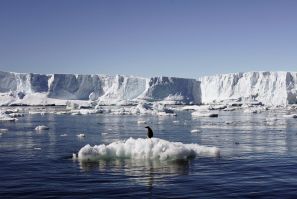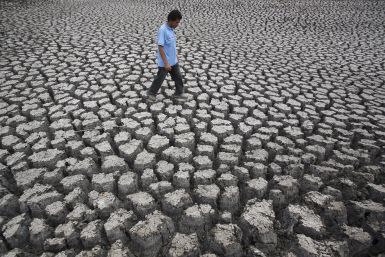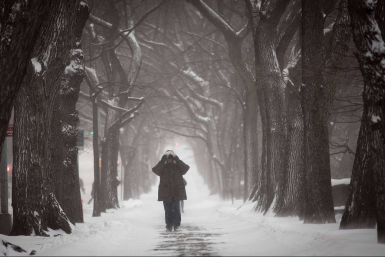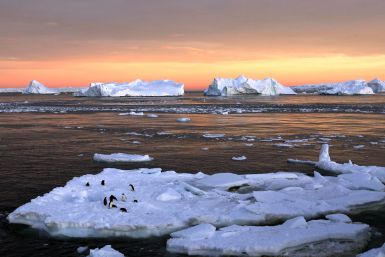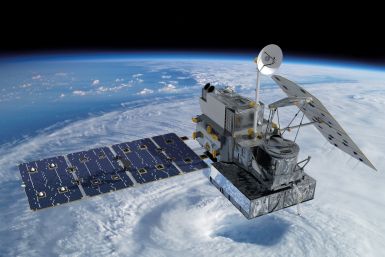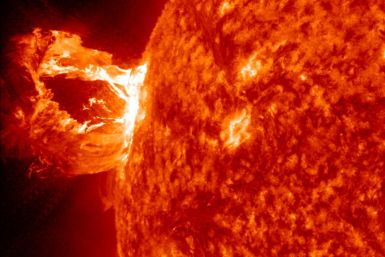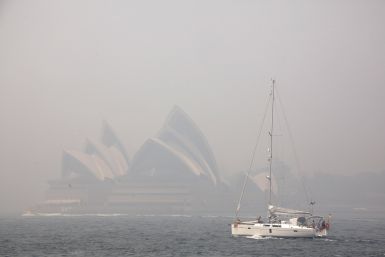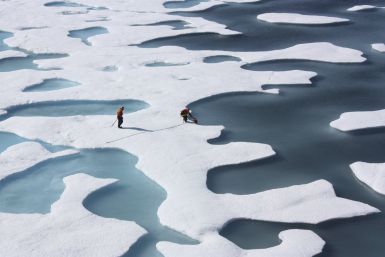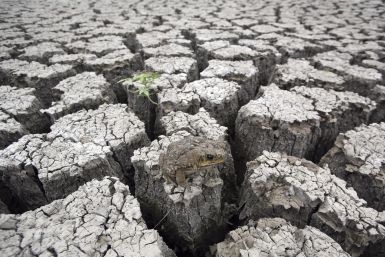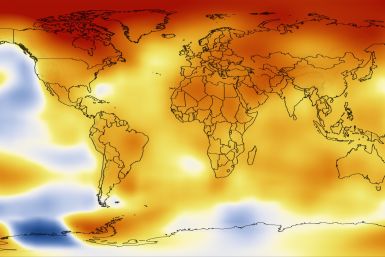Scientists predict extreme El Niño events are likely to double in the next few decades.
Organizers have taken measures to avoid a shortage of snow.
The weather might be cold right now, but we're still in the midst of a warming climatic trend.
While extreme weather in the U.S. is in large part due to a “polar vortex” creeping down over the Northern hemisphere from the North Pole, scientists say weather patterns around the world are largely the result of climate change in Antarctica.
Take a look at how the new satellite -- launched by NASA and JAXA -- will help forecast the world's weather.
Researchers carried out a study using records of past temperatures constructed with data from tree rings and other historical sources.
The Winter Solstice begins Dec. 21, 2013 at 12:11 p.m. EST, marking the shortest day of the year as the sun reaches its southernmost point in the sky.
Rising land and ocean temperatures in 2013 have been driven by an unprecedented increase in greenhouse gases.
A recent report by a U.N. agency shows devastating findings regarding the upward trend that is driving climate change.
According to new climatology research, molecules in a redwood tree's trunk reflect climate changes.
A recent NASA video shows how Earth’s climate will change through 2099.
An upcoming report reconsiders certain models of climate sensitivity in light of recent data.
Scientists create a world map identifying regions that are most vulnerable to climate change and require funds for reversing its impact.
A warmer world is a more hot-blooded one, scientists say.
A little after 1 a.m. Eastern Time Friday, the sun's apparent path will reach its northernmost point in the sky.
Record-high temperatures are happening across Alaska, bringing the threat of wildfires, not to mention more proof of global warming.
The early onset of the monsoon has claimed lives, caused landslides and flooding in India’s Uttarakhand state, but farmers welcome the rain.
This year’s vernal equinox occurs Wednesday, at exactly 11:02 Coordinated Universal Time (UTC), or 7:02 a.m. Eastern Daylight Time.
Even if you live more than 1,000 miles away from the nearest metropolis, you could still be feeling the heat.
Last year was also the 36th consecutive year to register a global temperature above the 20th-century average.
Eastern European tree samples confirm that the recent warming in the region is outpacing any natural climate variations seen since the Middle Ages.
2012 saw a record-breaking loss of Arctic sea ice, the fury of Hurricane Sandy, and discoveries that illustrate Earth's fragile beauty.




